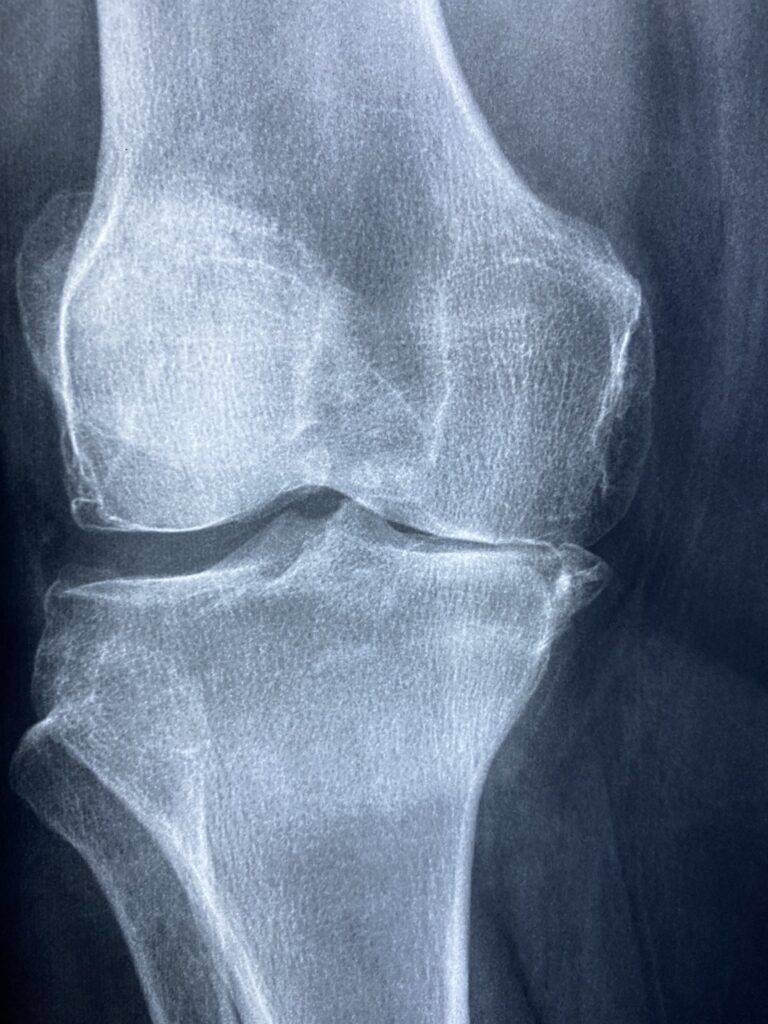Understanding Hair Loss: Causes, Symptoms, and Treatment Options
Introduction to Hair Loss: Hair loss, also known as alopecia, can affect individuals of all ages and genders, leading to a reduction in hair density and thickness. Understanding the causes, symptoms, and available treatment options for hair loss is essential for effective management and potential restoration of hair growth.
Causes of Hair Loss:
- Genetic Predisposition: Hereditary factors play a significant role in the development of pattern baldness, also known as androgenetic alopecia, which is the most common cause of hair loss in both men and women.
- Hormonal Changes: Fluctuations in hormone levels, such as during pregnancy, childbirth, menopause, or thyroid disorders, can contribute to hair loss.
- Medical Conditions: Certain medical conditions, including autoimmune diseases like alopecia areata, scalp infections, nutritional deficiencies, and chronic illnesses, can lead to hair loss.
- Medications and Treatments: Some medications, such as chemotherapy drugs, antidepressants, blood thinners, and excessive vitamin A supplements, may cause hair loss as a side effect.
- Stress and Trauma: Physical or emotional stress, traumatic events, or significant weight loss can trigger a type of hair loss called telogen effluvium, leading to excessive shedding of hair.
Symptoms of Hair Loss:
- Gradual thinning of hair on the scalp, particularly at the temples or crown (in pattern baldness).
- Sudden or excessive shedding of hair during brushing, washing, or combing.
- Noticeable bald patches or areas of sparse hair growth on the scalp or other parts of the body.
- Changes in hair texture, such as dryness, brittleness, or reduced elasticity.
Treatment Options for Hair Loss:
- Topical Medications: Over-the-counter or prescription topical treatments containing minoxidil (Rogaine) can stimulate hair growth and slow down hair loss by promoting blood circulation to the scalp.
- Oral Medications: Prescription medications like finasteride (Propecia) may be recommended for men with androgenetic alopecia to inhibit the conversion of testosterone into dihydrotestosterone (DHT), a hormone associated with hair follicle miniaturization.
- Platelet-Rich Plasma (PRP) Therapy: PRP therapy involves injecting concentrated platelets from the patient’s blood into the scalp to stimulate hair follicle regeneration and promote hair growth.
- Hair Transplant Surgery: Surgical procedures such as follicular unit transplantation (FUT) or follicular unit extraction (FUE) can restore hair growth by transplanting healthy hair follicles from donor sites to bald or thinning areas on the scalp.
- Laser Therapy: Low-level laser therapy (LLLT) devices, such as laser combs or helmets, deliver targeted light energy to the scalp to improve hair follicle function and stimulate hair regrowth.
Prevention and Management Strategies:
- Maintain a balanced diet rich in essential nutrients like iron, protein, vitamins (especially biotin and vitamin D), and minerals to support healthy hair growth.
- Practice stress-reduction techniques such as meditation, yoga, or deep breathing exercises to minimize the impact of stress on hair health.
- Avoid tight hairstyles, excessive heat styling, harsh chemical treatments, and over-manipulation of the hair, which can contribute to breakage and damage.
Conclusion: Hair loss can be a distressing condition with various underlying causes, ranging from genetics and hormonal changes to medical conditions and lifestyle factors. Seeking timely evaluation and appropriate treatment from a healthcare professional can help address hair loss effectively and potentially restore hair growth, improving both physical appearance and emotional well-being.




